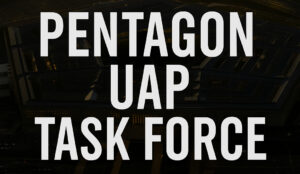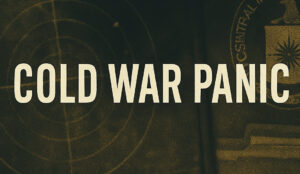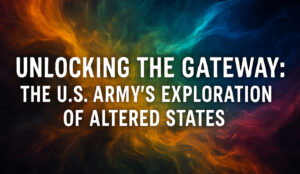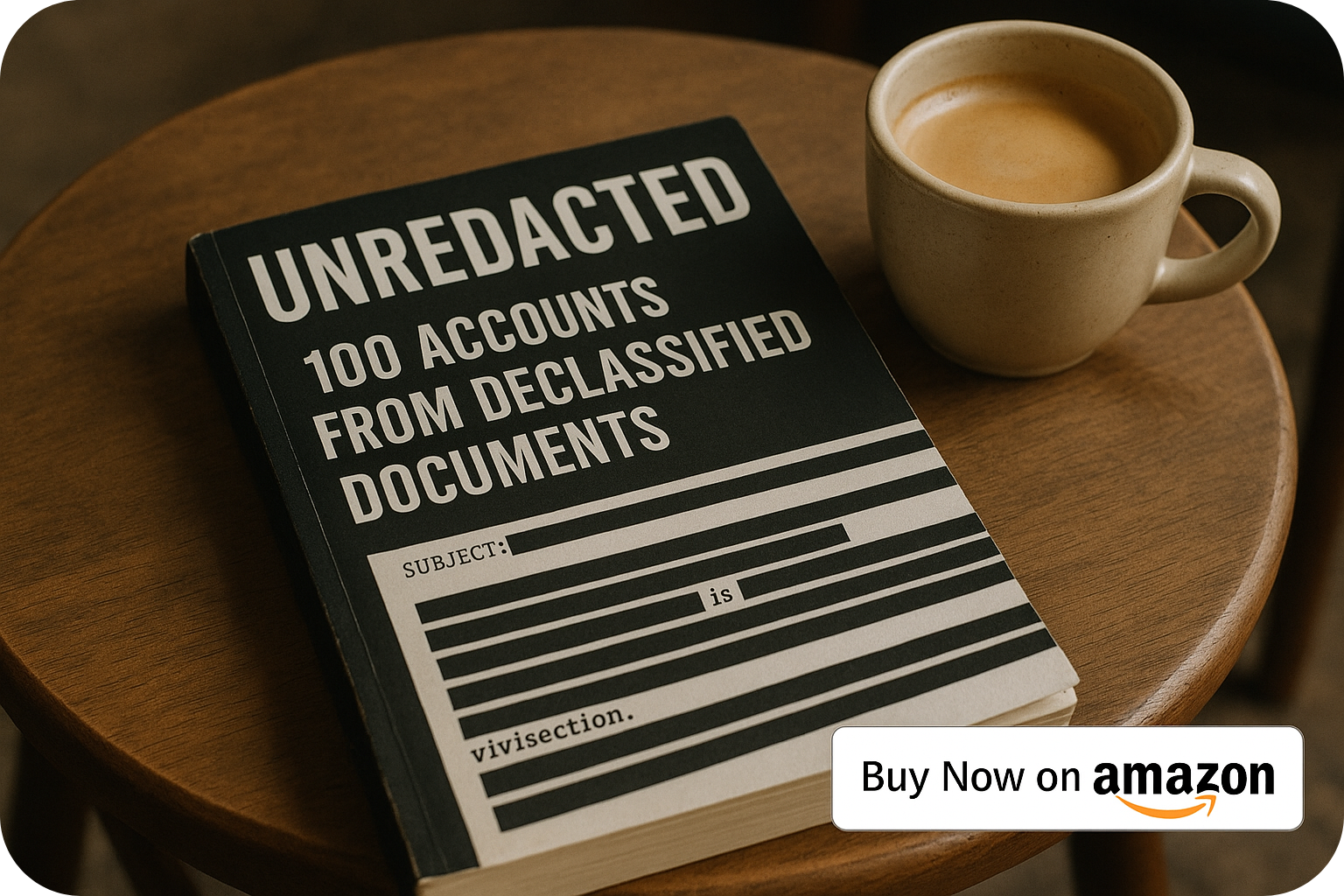A Cold War-era CIA memo, catalogued as DOC_0000015362, reveals how mounting UFO sightings-once treated as fringe distractions-became a legitimate intelligence concern inside the highest levels of U.S. government.
The document, blandly titled "Unidentified Flying Objects," captures a critical moment of internal pressure.
With reports "continuing to pour in," the Air Technical Intelligence Center could no longer dismiss what was being seen-and reported-from around the world.
"Reports of unidentified flying objects have continued to pour in, creating a situation that the Air Technical Intelligence Center can no longer ignore."
Behind that sterile language was something else: a quiet scramble to contain what officials feared most-not necessarily the objects themselves, but the public’s growing obsession with them.
🛰️ The Reports Were Real-and From Professionals
What set these reports apart was not just their volume, but the credibility of those making them.
Military airmen. Radar technicians. Commercial pilots. Personnel trained to identify airborne threats with precision.
They weren’t reporting vague lights. Many described specific characteristics:
-
Objects tracked simultaneously on radar and by sight
-
Maneuvers that exceeded the performance of known aircraft
-
Persistent patterns in location and altitude
These weren’t isolated anomalies. They were multiplying-globally, and across multiple services and theaters.
The CIA found itself in a difficult position. It could no longer reasonably deny that something unexplained was happening. But it also wasn’t ready-or willing-to let the public know that.
🚫 Debunking as a National Security Strategy
The agency’s response wasn’t a call for open inquiry. It was a calculated pivot toward containment.
"The situation has been aggravated by public excitement, leading to a potential for mass hysteria or panic."
That line wasn’t speculative. It was a directive.
Rather than investigate the sightings, the CIA focused on managing the response to them.
The belief was that mass attention could destabilize civil order, crowd military communication lines, or create psychological vulnerabilities that foreign powers might exploit.
So the solution was suppression-not of the events themselves, but of public knowledge.
-
Media coverage was to be discouraged
-
Reports were to be reframed or debunked
-
No public acknowledgement of credible cases would be issued
The concern was no longer what UFOs were.
It was what belief in them might do.
🕳️ Containment Over Clarity
The document doesn’t conclude anything.
It doesn’t name the origin of the sightings, or speculate on their purpose.
But its silence speaks volumes.
This was not a passive archive of strange reports. It was a record of shifting posture. From curiosity to caution, from investigation to suppression.
At a time when public fascination with the skies was climbing, the CIA’s internal documents show the agency turning its gaze not upward, but inward.
Because in the eyes of Cold War intelligence, belief itself had become the threat.






